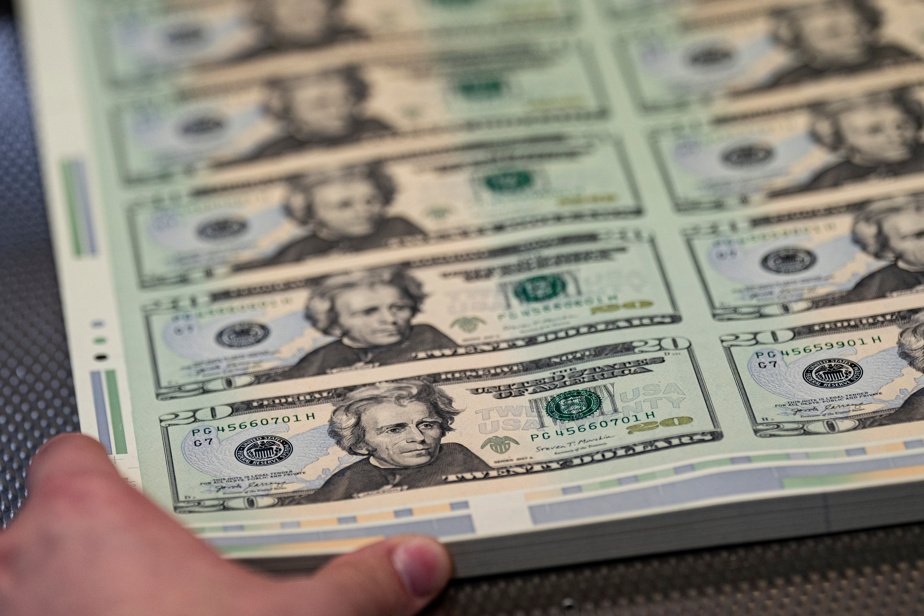What’s going on here?
Asian currencies faced a tough October as the US dollar strengthened, driven by waning hopes for Federal Reserve rate cuts and uncertainty surrounding the upcoming US presidential election.
What does this mean?
A stronger US dollar is putting pressure on Asian currencies, with the Singapore dollar dropping by 2.8% – its steepest monthly decline since 2016. The Malaysian ringgit fell 5.9% in October, despite earlier being the year’s top performer. The Indonesian rupiah saw a 3.8% slide, reminiscent of early pandemic lows in March 2020, and the Thai baht is on track for a 4% decrease. Meanwhile, the US dollar rose by over 6% this month. Analysts attribute this to the slim chances of significant Fed rate cuts and political speculations, such as a potential Trump victory. However, any economic stimulus from China could alleviate some market pressures, particularly for the South Korean won, Thai baht, and Chinese yuan.
Why should I care?
For markets: Currency shifts reshape the landscape.
Stock reactions are mixed with currency changes and political uncertainties. Seoul’s stocks inched down 0.7% due to Samsung Electronics’ weak earnings, while Bangkok shares climbed 0.8%. Thailand anticipates stable 3% economic growth for 2025, driven by private consumption, exports, investment, and tourism. This environment, alongside currency volatility, highlights potential investment opportunities and risks.
The bigger picture: Global politics and economies hit a turning point.
Investors are anxious with the US presidential election nearing and crucial nonfarm payrolls data on the horizon. A Trump victory could intensify pressure on Asian markets, but initiatives like China’s economic stimulus may attract investment inflows to stabilize certain currencies. Monitoring these geopolitical and economic developments is vital for understanding their influence on global strategies ahead.







